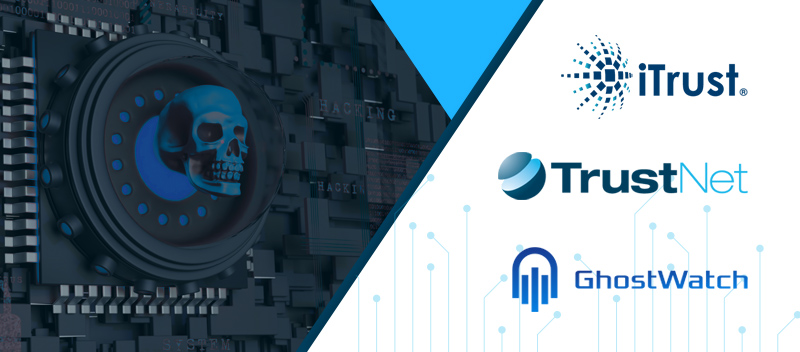Generative AI in Cybersecurity

In the ever-evolving landscape of digital security, Generative Artificial Intelligence (GAI) emerges as a double-edged sword. On one side, it offers groundbreaking tools and methods to bolster cybersecurity measures; on the other, it presents sophisticated means for cybercriminals to advance their malicious endeavors. The rapid development and adoption of GAI technologies have ushered in a new era of cyber threats and defenses, making it imperative for organizations to understand and navigate this complex terrain. As we delve deeper into the capabilities and risks associated with Generative AI, it becomes clear that the future of cybersecurity will be significantly shaped by how we leverage these powerful technologies.
On the one hand, the sophisticated capabilities of Generative AI pose significant risks in the realm of cybercrime:
1. Advanced Impersonation Techniques: AI can now craft emails that closely mimic legitimate sources, making traditional detection methods less effective.
2. Personalized and Contextual Attacks: Cybercriminals are leveraging AI to create highly personalized phishing lures tailored to individual targets.
3. Dynamic Content Creation: Generative AI enables the production of varied and dynamic phishing content that can bypass static security filters.
4. Machine Learning Evasion: Phishing campaigns can be optimized through machine learning to continually test and adapt against current security measures.
Learn more about the benefits of GAI and predictive analytics Here
However, GAI is not solely about potential risks. It also serves a pivotal function in reinforcing cybersecurity defenses:
1. Enhanced Threat Detection and Response: Generative AI systems can sift through massive amounts of data to identify patterns indicative of cyber threats, allowing for swift responses to potential breaches.
2. Simulation of Cyberattack Scenarios: These intelligent systems can simulate sophisticated cyberattack scenarios, enabling security teams to prepare more robust defenses and develop strategic response plans.
3. Advanced Behavioral Analytics: By learning normal user and network behaviors, Generative AI can detect anomalies that may signify a security breach, enhancing overall security posture.
Integrating Generative AI into cybersecurity strategies presents an unmatched advantage in proactive threat management, real-time detection, and adaptive defensive mechanisms.
Conclusion
As we navigate the complexities of cybersecurity in 2024, the integration of Generative AI presents both challenges and opportunities. Organizations must proactively adapt to these advancements, ensuring a seamless integration that fosters innovation while adhering to regulatory standards. By remaining vigilant and informed about the latest developments in GAI and cybersecurity, businesses can preemptively fortify their defenses and maintain a robust stance against ever-evolving cyber threats.




